Several days ago Ben and I set out to have a random adventure. We set off to catch a ferry that picks up near where we live. We arrived just in time to run down the dock and clamber on… and then it started raining.
We were planning on getting off at the Cockatoo Island stop, because… Cockatoo Island! Why the hell not? It’s not like you need to go to an island named after the bird to see them here – you get woken up by their raucous squawking early in the morning as it is – but as far as criteria to decide where to explore for a bit, good enough.
However, it looked like an industrial park and it was raining, so we decided to stay in the sheltered boat and ride all the way to the Circular Quay. What to do there on a rainy day? Museum!
We took the train to the “Museum” station and walked to the Australian Museum, which turned out to be a super awesome small museum with creative and in depth exhibits. I haven’t been to a museum with more of a sense of fun and with such interesting details.
I’m going to send you to Ben’s blog for the skeletal humor bits. They’re awesome – go check them out.
Ben’s humorous skeleton and dinosaur pictures (and bird commentary) are great. I recommend enlarging those pictures. I love that the museum includes these exhibits.
The museum also had a nice way of assembling skeleton parts to make sense of the whole animals, like this armadillo. They did similar with an alligator and its bony plates and with turtles.
Ben told me he took this picture just for me. He had no idea what he was delving into, but…. Look at that ol’ elephant go!!!
After the skeletons, I spent most of my time there looking at the stuffed birds and the insects and spiders long after ben went off and looked at dinosaurs. whatever. Bugs, man! But then, I didn’t even get to the dinosaurs.
For a rather small natural history museum, this place had some serious depth and, as I’ve mentioned, a pretty great sense of humor. The little details included in the displays were pretty incredible.
Stages of bone regrowth:
Did you know that birds can make two sounds at once? I know it has always sounded like they can, but I had no idea that they actually are able to, and it’s because of this:
This is a fantastic bird! The walk to the train station from our places takes us under some large evergreens next to an expanse of grass. I’ve seen a pair of these guys several times now, and they are really pretty. I love that there are pigeons here with mohawks. They have bands on their wings that reflect a gorgeous green/blue/purple/black depending on the lighting.
I took pictures of many of the stuffed birds to use as my temporary identification book. I’ve since bought a pretty fantastic field book that I cart around with me, but it’s still nice to have these pictures to refer to. I need to get some sort of app so I can start learning the calls. Birds here make some WEIRD noises. Believe me, I’ll focus on that in a later post.
I think snakes are way more impressive than millipedes. Don’t get me wrong, I love millipedes. But sheesh!
The skeletons and the taxidermy were both quite nicely done, but what I’d really like, I think, is the skeleton exhibit and the taxidermy exhibits put together, side by side, so you can see how the flesh and muscles and feathers sit on the bones and take up space.
A cassowary’s crest is made of bone!
PS: even in skeleton form, emus are way more dopey looking than cassowaries. Though I think the curators may have been a bit biased when positioning the skulls.
However, what would actually be the coolest thing ever is if a zoo that took on that idea. I would LOVE it if zoos had reconstructed skeletons (they could be plastic!) at every enclosure, so you could make that connection to the animals in real life, not only getting a sense for its actual size up close, but seeing which parts of an animal are bone, which are flesh and cartilage and fur… how the feathers puff and fluff on the birds making them huge or small… how the head moves as the animal walks and how the skull is attached to the body… why different creatures have their legs underneath them and others hold them to the side… I think I’d get a lot more out of observing an animal at the zoo, apart from its cuteness and interesting behaviors. The same the thing with aquariums. It’s fascinating to look at a fish skeleton and see which features are created by bony structures, and which are scales.
Plus, TEETH!
If I get rich and have the money to build my own zoo, I’m totally going to do that.
But onwards. The insect displays were also supremely well done. Beautiful panels of families with well preserved specimens.
The display cases each have a button which you can press to get 2 or 3 minutes of light. I bet this helps preserve them, and cuts down on disrupting people looking at other exhibits nearby.
For the spider exhibits, display creators built small black boxes in which they got specimens to weave their webs, so that alongside the family information and spider specimens, you had an example of the types of webs they build at the same time. Brilliant!
I only managed to get through about 60% of the insect/spider exhibit before the museum closed. I’ll have to go back and start where I left off – dragonflies. I haven’t enjoyed a natural history museum so much in a long time. And admission is only $12!
Bonus Grouper: RAAAR. Or rather: BLORPBLORP

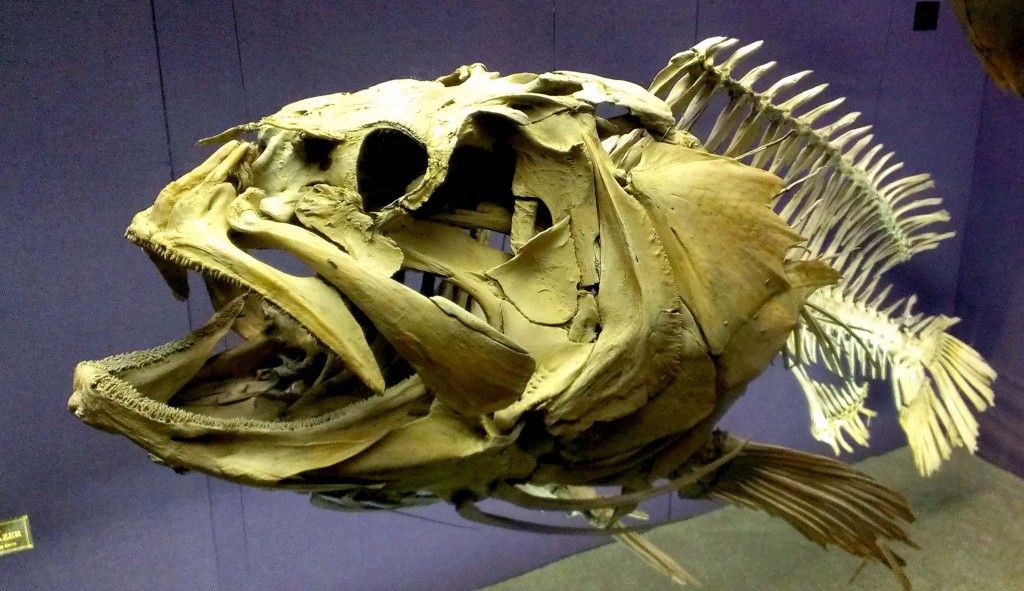
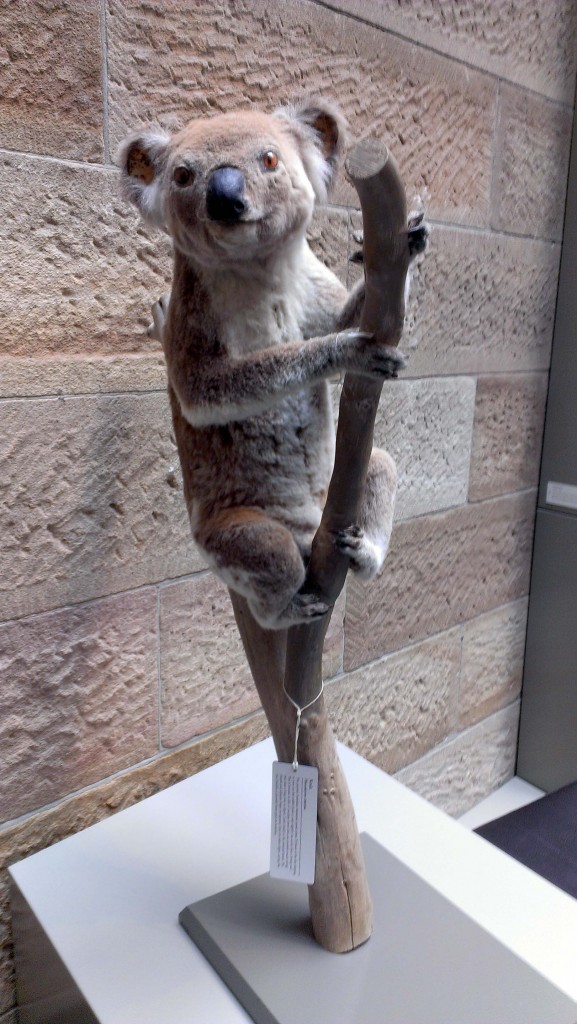
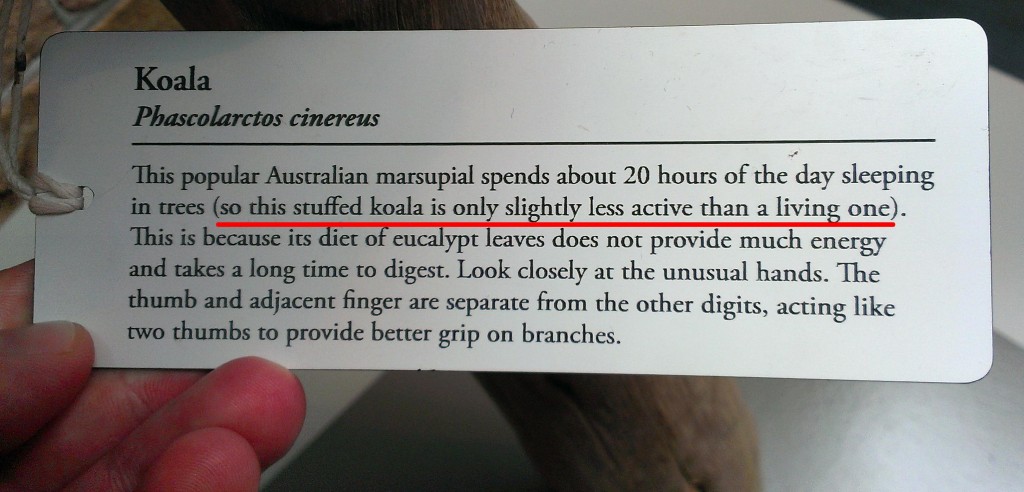
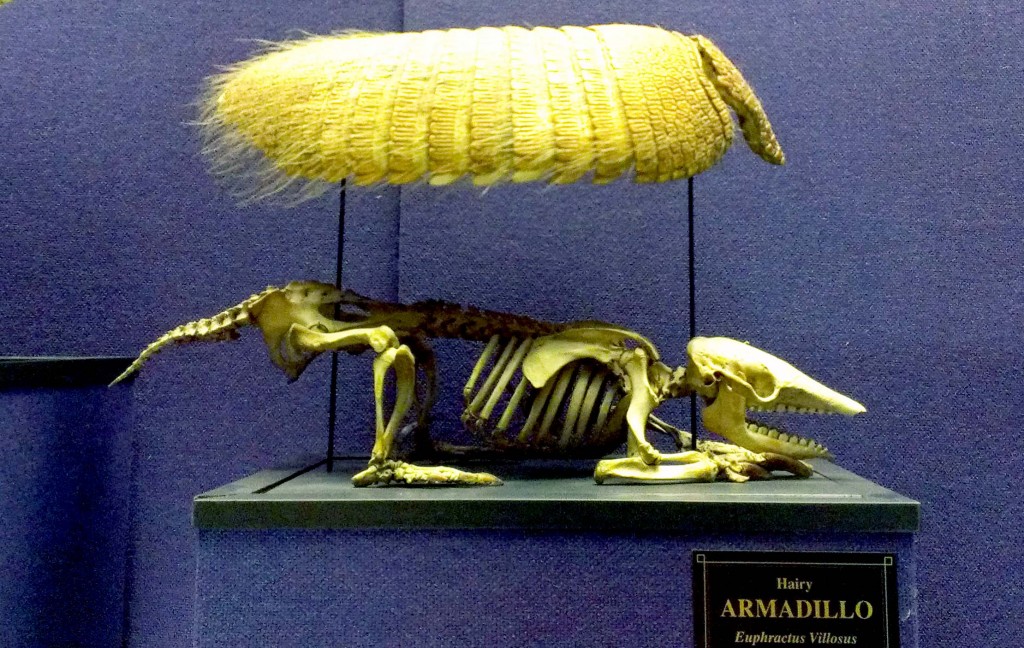
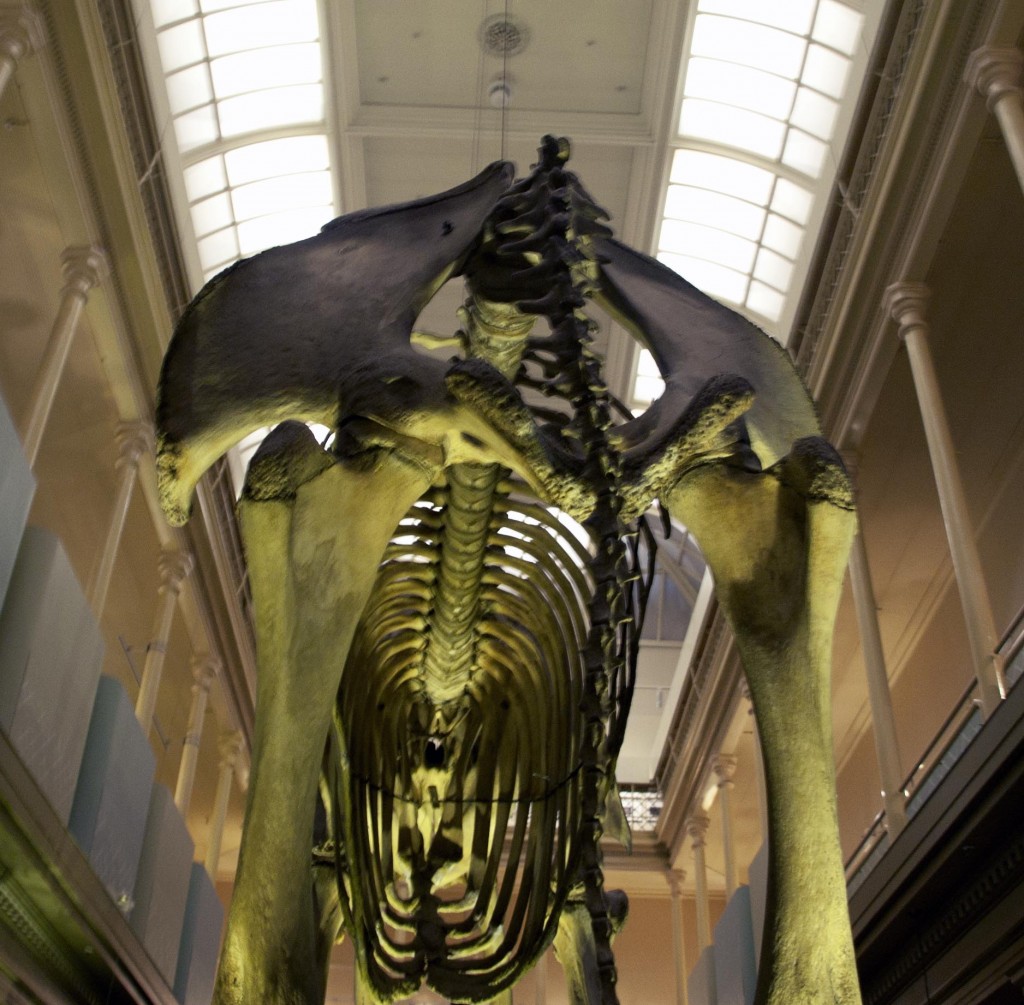
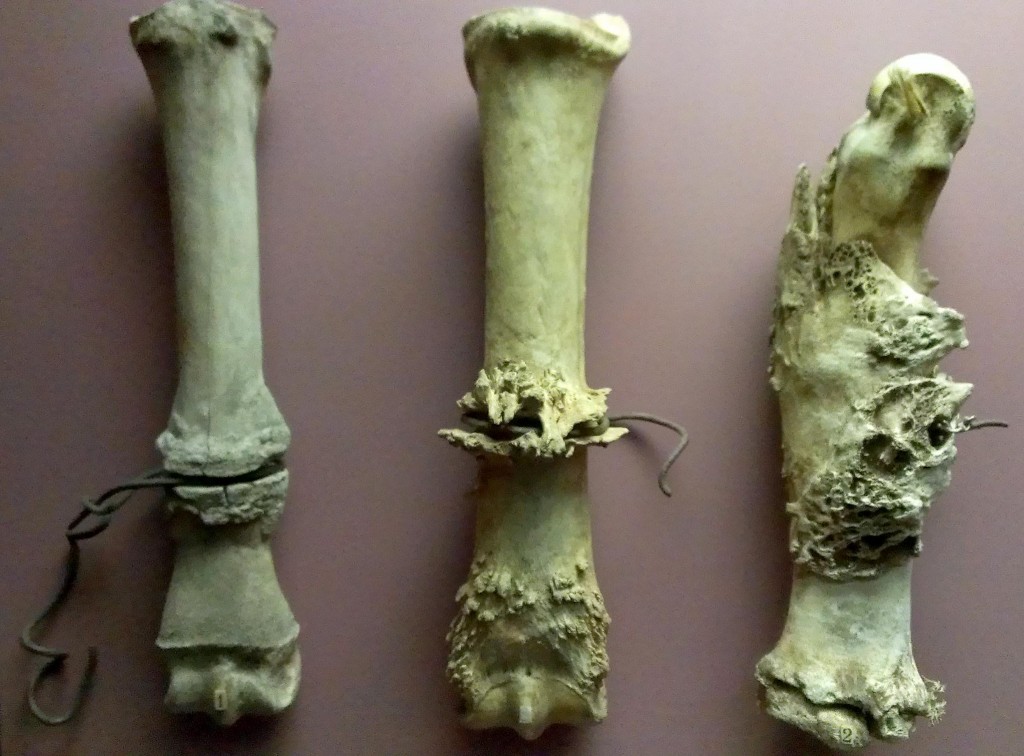
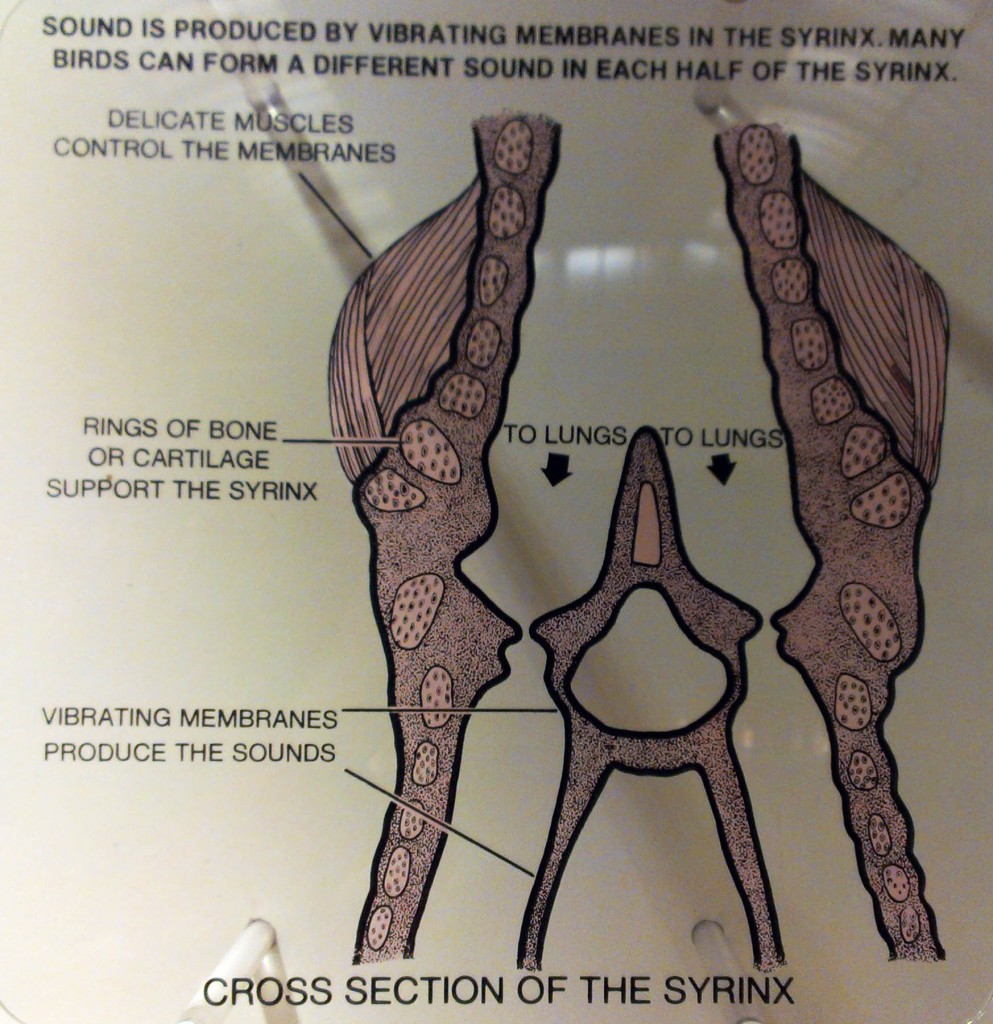
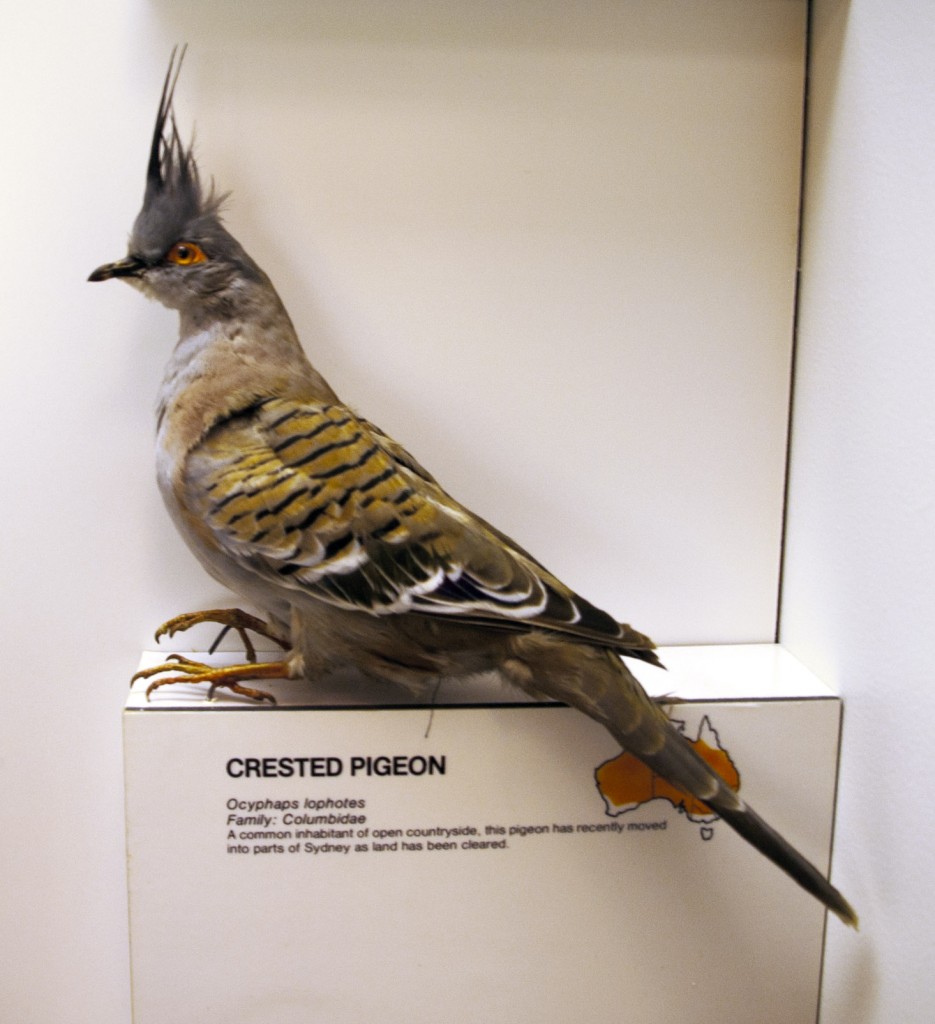
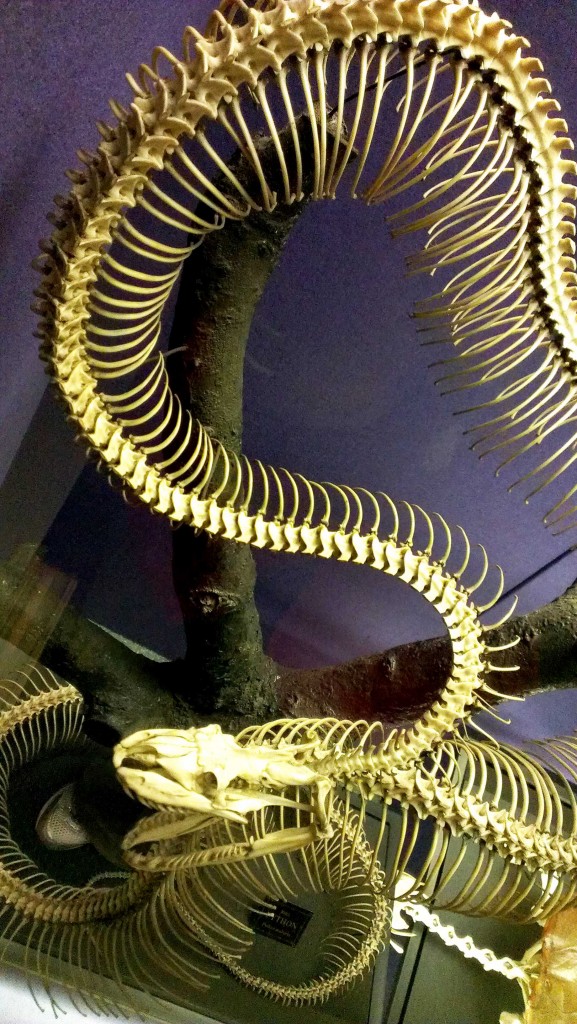
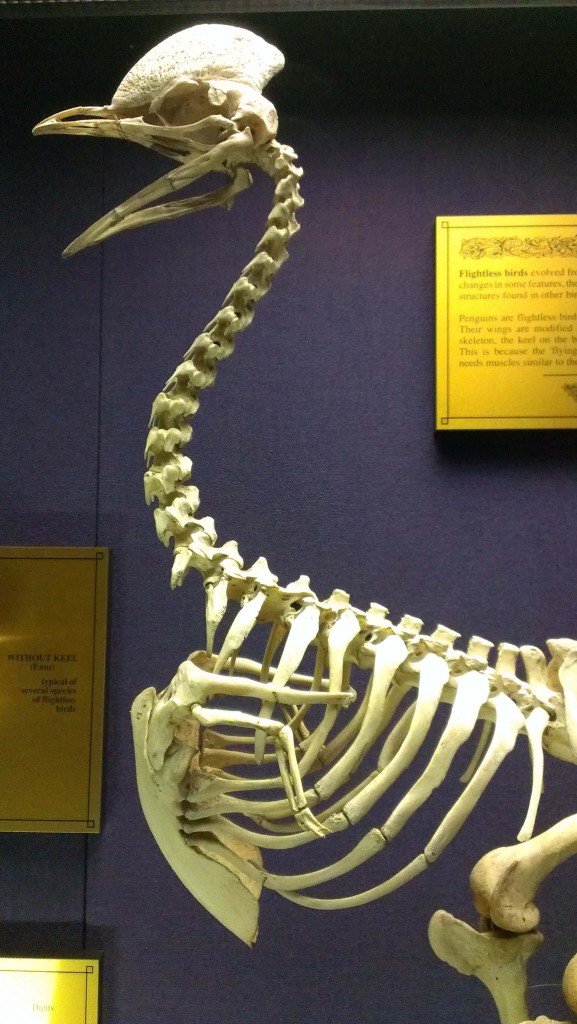
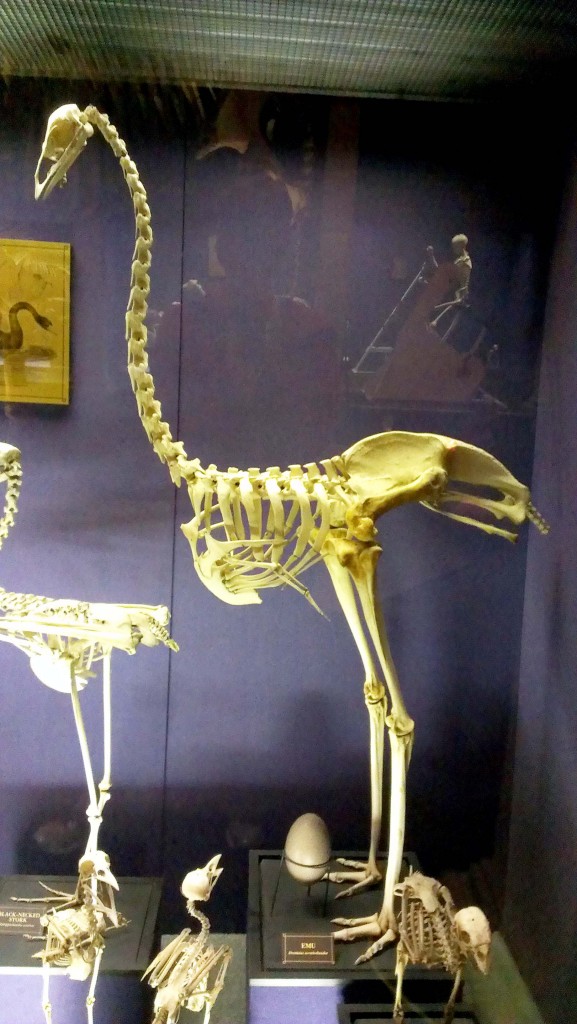
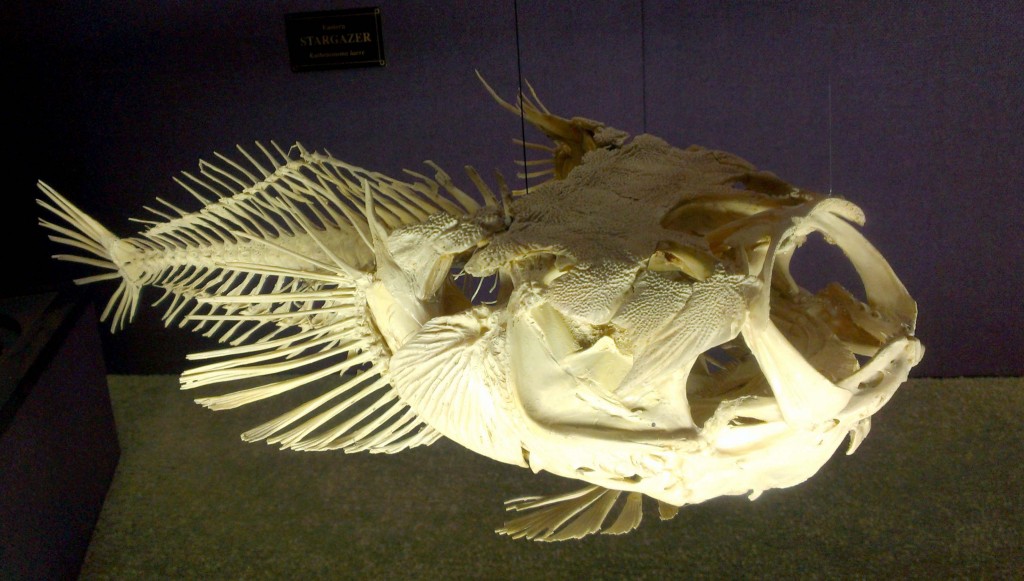
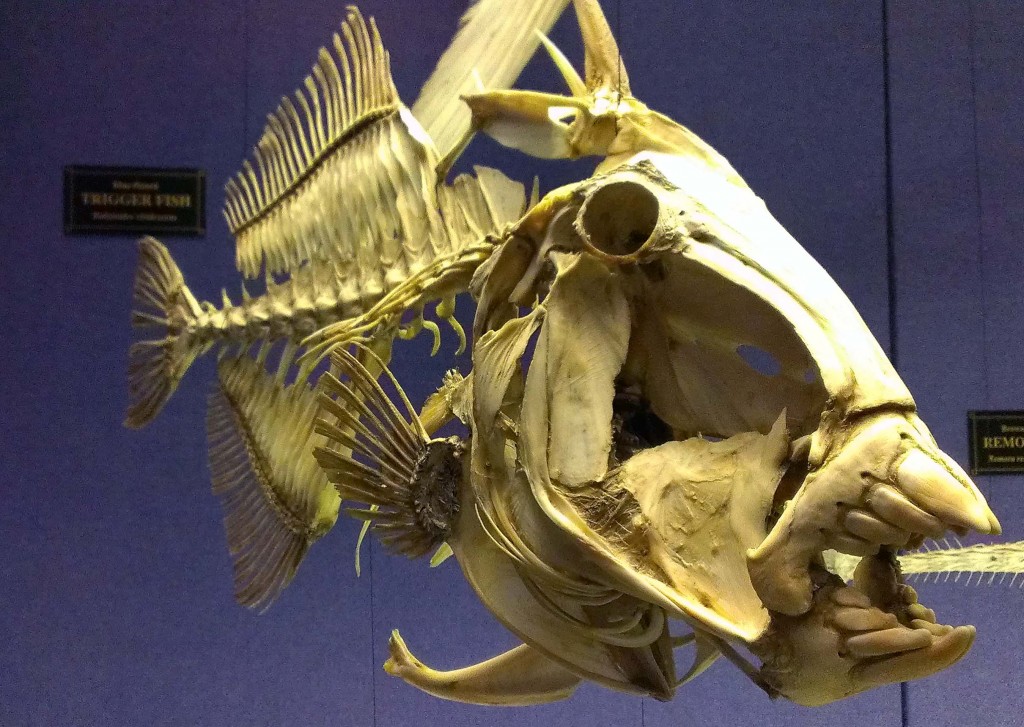
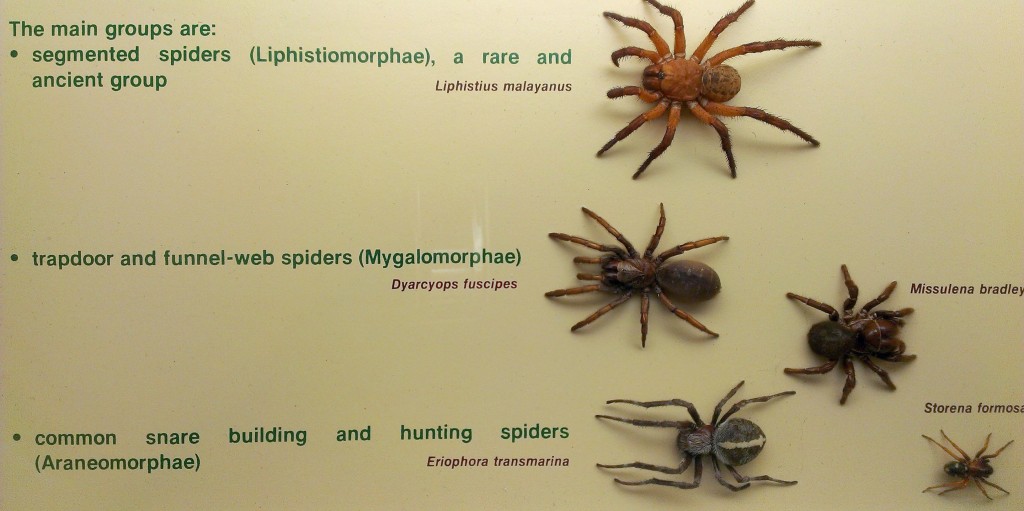
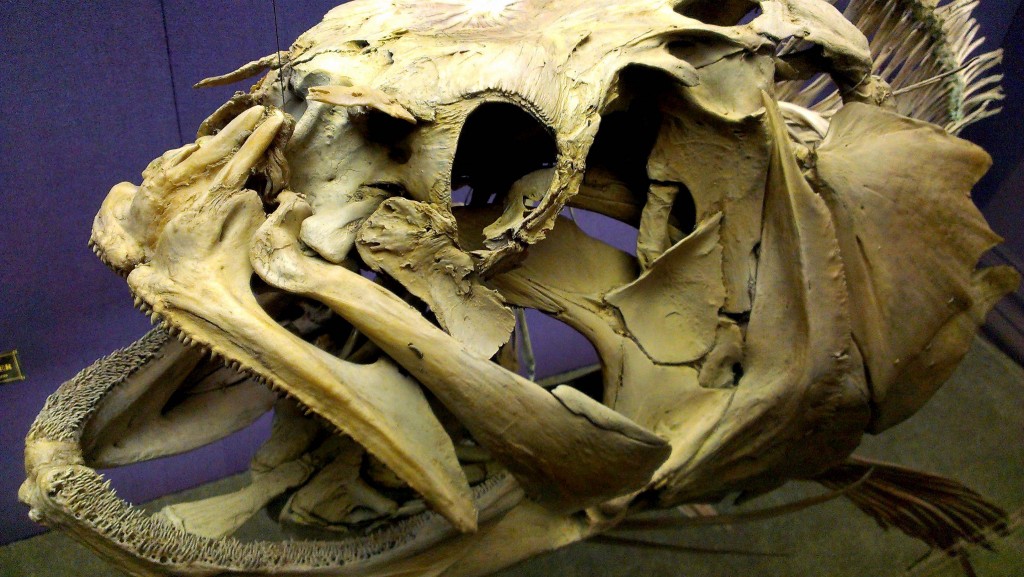
Look at that ol’ elephant go!!! LOVE it.
Sounds like the best nh museum I’ve never been to. Was it crowded?
Nope, not at all, and although we were there on a Friday it didn’t seem like it would be a highly trafficked place on the weekends either.
Ooooh, I’d love to visit that place. I spent so much time in the UM nh museum studying the details and drawing hawks and owls. Thanks for sharing!
Pingback: In which I give up the reins to… Colin! | life is bubbles: OZ